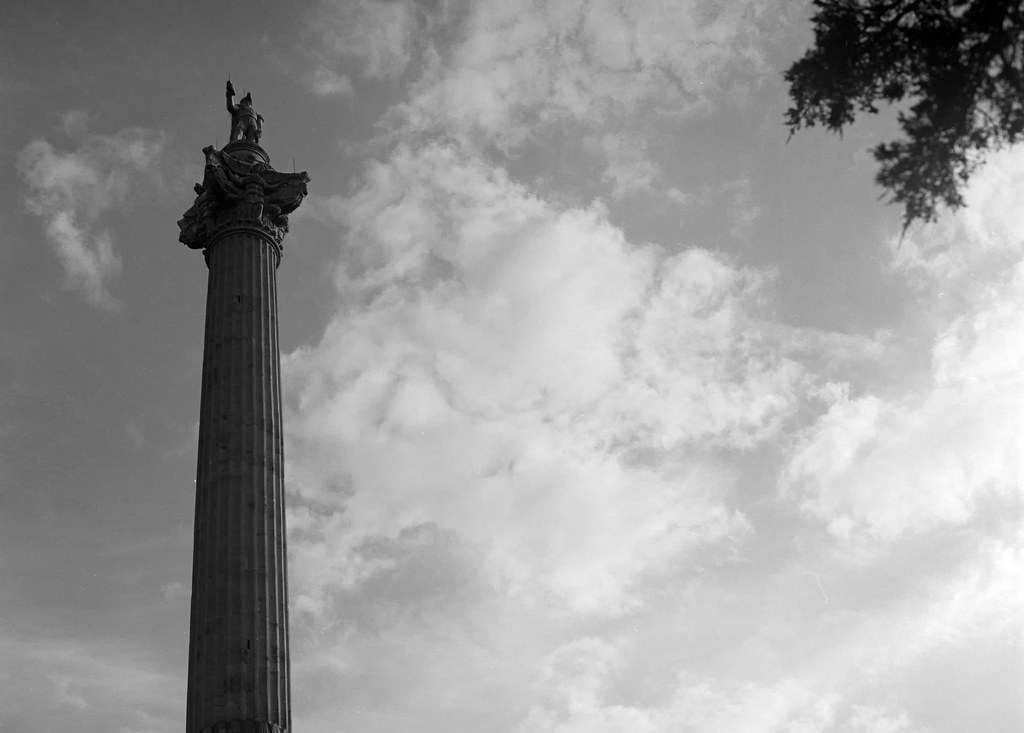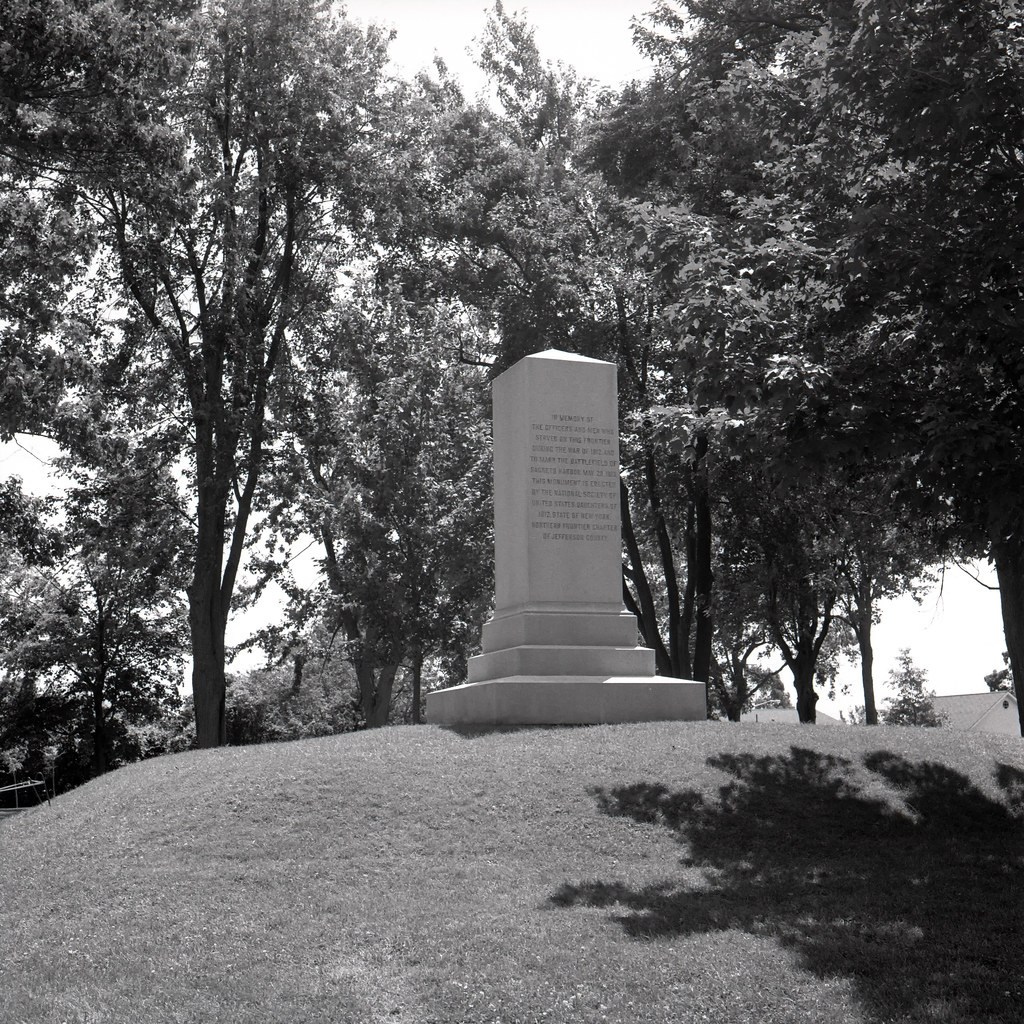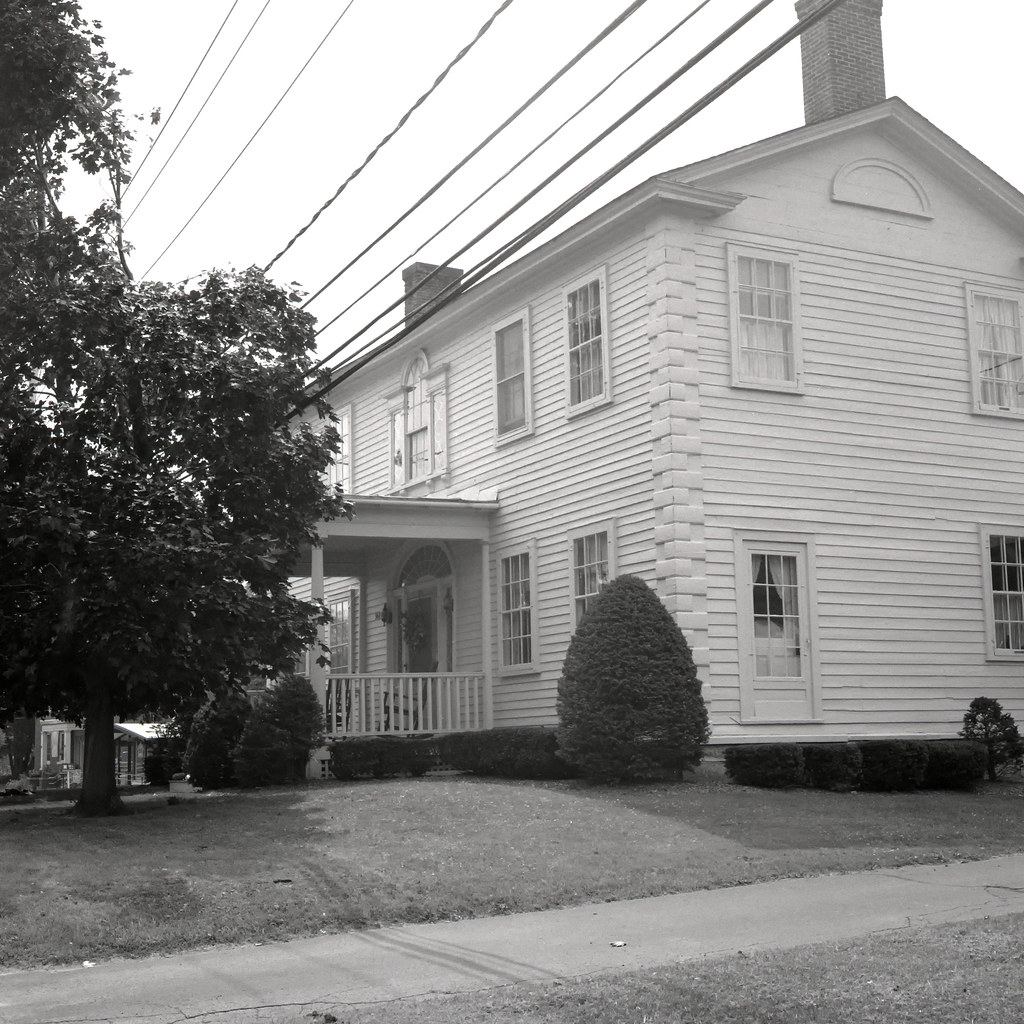One of the more contested figured in the Anglo-American War of 1812 was the Governor General and Military commander of British North America, General George Prevost. Prevost was groomed into the military from an early age, born the 19th of May, 1767 in the province (now state) of New Jersey to a lieutenant-colonel in the British Army, Prevost attended schools in both the American colonies and England before being commissioned an ensign in the 60th Regiment of Foot, his father’s regiment, in 1779. Prevost soon rose quickly through the ranks, mostly due to his having a grandfather who was a banker in Amsterdam as a relative. He served as a lieutenant in the 47th of Foot and a captain in the 25th of Foot, before returning as a major to the 60th of Foot at age twenty-three. Because of his fluency in French he was appointed the Lieutenant-Governor of St. Lucia in 1798 and his service in the colony showed him to be a popular governor. But health issues in 1802 saw him returned to England. But the stay was short lived, when France again threatened British interest in the Caribbean he was sent to take the governership of Dominica, where his leadership saw the successful defense and removal of the French threat from the area. His service was rewarded with promotion and governorship of the colony of Nova Scotia where he successfully promoted trade with the British colony from the New England States of the United States, this despite the embargo implemented by President Thomas Jefferson. Again Prevost’s efforts did not go un-noticed and in 1811 he was promoted to Lieutenant-General and appointed Governor General of British North America and moved to Quebec City as war clouds gathered. He immediately saw that defenses around the city were improved and saw that the other strong points in the colonies of Lower and Upper Canada were improved.

Brock’s Monument on Queenston Heights – Queenston, Ontario
Pentax 645 – SMC Pentax A 645 75mm 1:2.8 – Kodak Tri-X 400 – Kodak HC-110 Dil. B 6:00 @ 20C
When war was declared in the summer of 1812, England was in a full out shooting war with France and could not spare the needed troops to reinforce the North American colonies so Prevost was ordered to take a defensive stance. This immediately put him at odds with the Lieutenant-Governor of Upper Canada, General Isaac Brock. Prevost wanted none of the brash general’s action and kept most of the regular troops stationed at the two major cities in British North America, Quebec City and Halifax, often refusing to reinforce Brock, fearing he would just invade the United States. When he received word that the British Parliament had revoked the Orders in Council, the laws that sparked the war in the first place, Prevost was so sure that it would see the US revoke their declaration of war he worked through Brock’s second-in-command, General Roger Hale Sheaffe, arranged for a ceasefire on the Niagara Frontier with the American army commander, General Henry Dearborn. And while the cease fire kept Brock from invading the resulting American attack at Queenston Heights in October 1812 resulted in the death of General Brock and a string of poor Lieutenant Governors to replace him through 1813. And while he was focused mainly on defense, he did order a retaliatory strike against US forces in Ogendensburg in response to their raids along the St. Lawrence River. He also personally led the disastrous second attack against the main US Navy station at Sacketts Harbor. But the battle Prevost is most known for is the 1814 attack on Plattsburg on Lake Champlain in New York. The governor found himself with thousands of veteran troops and commanders to launch an invasion of the United States, but rather than let those who were used to such attacks he put his own people in positions of command and he again led the force himself. This often put him at odds with the commanders when he refused to accept their suggestions and ultimately saw the attack fail. Prevost was of the mind that to take command of the town he needed to first secure the lake, and when word was received that the British squadron was soundly defeated, ordered a full retreat, despite the fact that his brigade commanders were in a sound position to flank the American defenses on the opposite side of the Saranac River and overrun the mostly-militia forces of General Alexander McComb. When word of this reached England it would have far reaching consequences on the peace negotiations taking place in Ghent, Belgium. Even Sir Arthur Wellesley, who had personally selected the commanders to send to reinforce Prevost recommended his removal.

The Battle of Sacketts Harbor Memorial on the original Battlefield in Sacketts Harbor, New York
Rolleiflex 2.8F – Carl Zeiss Planar 80mm 1:2.8 – Kodak TMax 400 (TMY-2) – Kodak TMax Developer (1+9) 20:00 @ 20C
The now humiliated Prevost left Quebec City for the last time on the 3rd of April, 1815 with the hastily passed thanks of the colony’s legislative assembly. When he returned to Horse Guards (Headquarters of the British Army) his reports were for the most part accepted. It was only when the reports from the Admiralty and Commodore James Lucas Yeo about Prevost’s actions were received that options turned against the General. Prevost requested a court martial to clear his name. Due to the time it would take to bring witnesses from British North America, the date was set for January 1816. In an odd twist of fate, Prevost, already in poor health died a couple weeks prior to the date of the court martial. While many still view Prevost in a poor light, the general, having been forced into a defensive stance for many years had lost the same fire he had in his early days. Prevost’s biggest downfall was his ego and his unwillingness to step aside to more veteran commanders. Unlike many other figures in the war, there are no memorials to Prevost, only a few portraits of the former governor in Nova Scotia and Quebec City.

A home just north of Plattsburg that served as Prevost and his Staff’s billet on their march to Plattsburg – Chazy, New York
Rolleiflex 2.8F – Carl Zeiss Planar 80mm 1:2.8 – Kodak TMax 400 (TMY-2) – Kodak TMax Developer (1+9) 20:00 @ 20C
Written with Files from
Collins, Gilbert. Guidebook to the Historic Sites of the War of 1812. Toronto: Dundurn, 2006. Print.
Hickey, Donald R. Don’t Give up the Ship!: Myths of the War of 1812. Urbana: U of Illinois, 2006. Print.
Berton, Pierre. Flames across the Border, 1813-1814. Markham, Ont.: Penguin, 1988. Print.
Web: www.eighteentwelve.ca/?q=eng/Topic/21
Web: www.biographi.ca/en/bio/prevost_george_5E.html
Web: www.warof1812trail.com/prevost.htm